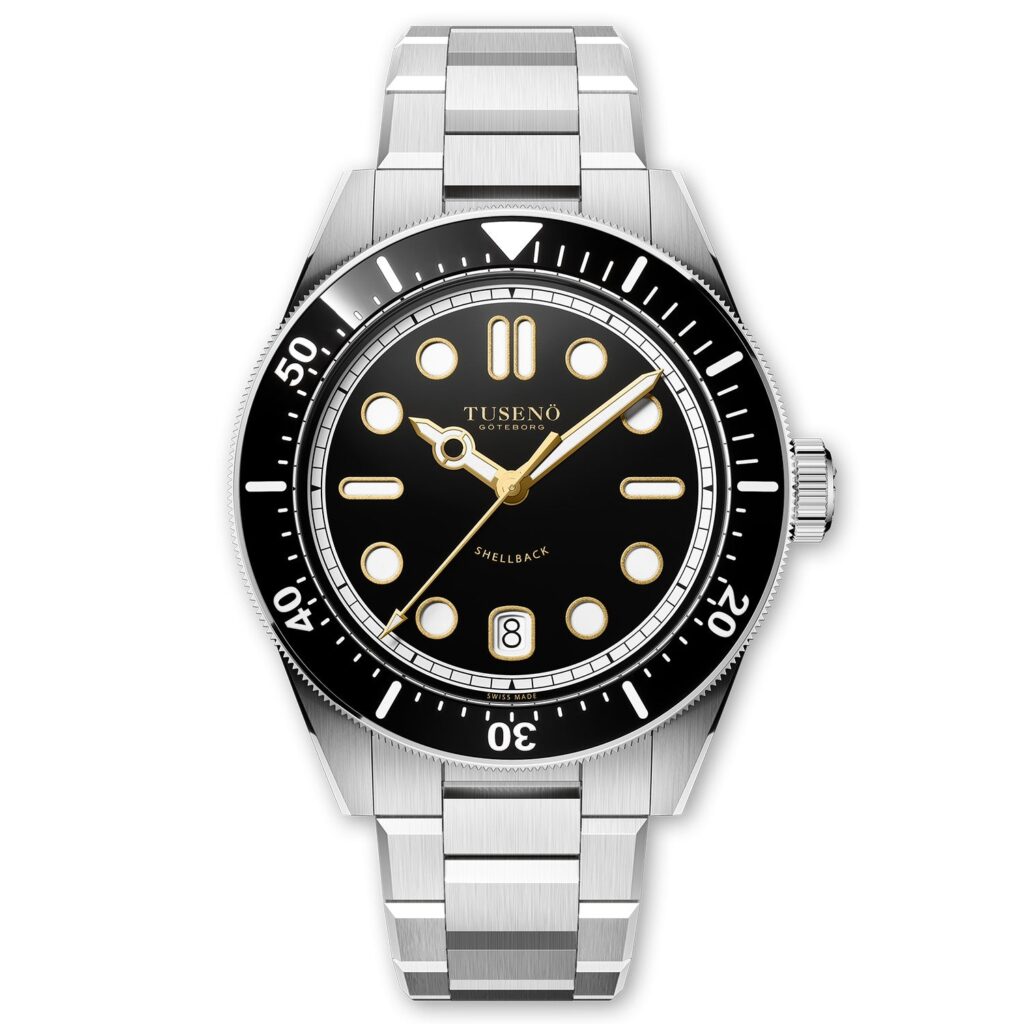
Introduction
The term ‘shellback’ signifies an important milestone in the maritime world, primarily used to describe sailors who have crossed the Equator. This rite of passage, often accompanied by rituals and celebrations, has a rich history and cultural significance within naval traditions. Understanding the concept of a shellback can enhance appreciation for naval customs and the bonds formed among sailors.
The Significance of Being a Shellback
When sailors aboard naval or merchant vessels traverse the equator for the first time, they are initiated into the elite ranks of shellbacks. This initiation often involves a ceremony known as the ‘Crossing the Line’ ceremony, which can include amusing and possibly embarrassing tasks, along with the celebration of camaraderie among crew members. This tradition fosters unity and a sense of belonging among sailors.
Historically, the term ‘shellback’ finds its roots in naval folklore and has evolved over time. The ceremony is marked by the appearance of King Neptune, who oversees the rites. Sailors who have completed the crossing often bear a certificate and sometimes even a tattoo marking this significant journey, serving as a badge of honor.
Current Events and Observances
Recently, the United States Navy hosted a series of events commemorating shellbacks as part of its emphasis on tradition and teamwork. These events have included educational segments for new recruits and festivities for seasoned sailors crossing the equator. This is a testament to the Navy’s ongoing effort to preserve its heritage while fostering teamwork and morale among its personnel.
Moreover, with increasing engagement of the naval forces in global missions, the concept of shellback continues to resonate. It serves as a reminder of the shared experiences and challenges faced by those who choose a life at sea. The modern military functions in a fast-paced environment, yet these traditions remind sailors of their roots and the importance of their shared histories.
Conclusion
In conclusion, the term ‘shellback’ is far more than just a descriptor for sailors who have crossed the Equator; it embodies a cultural legacy that unites those who serve at sea. As new generations of sailors join the ranks, understanding the significance of this tradition ensures that its essence is preserved. In an age where naval operations become increasingly complex, anchoring ceremonies like those associated with shellbacks serve as vital touchstones, reminding sailors of their commitment to each other and to the institutions they represent. For those interested in maritime culture, the journey of a shellback remains a fascinating and significant aspect of nautical life.



